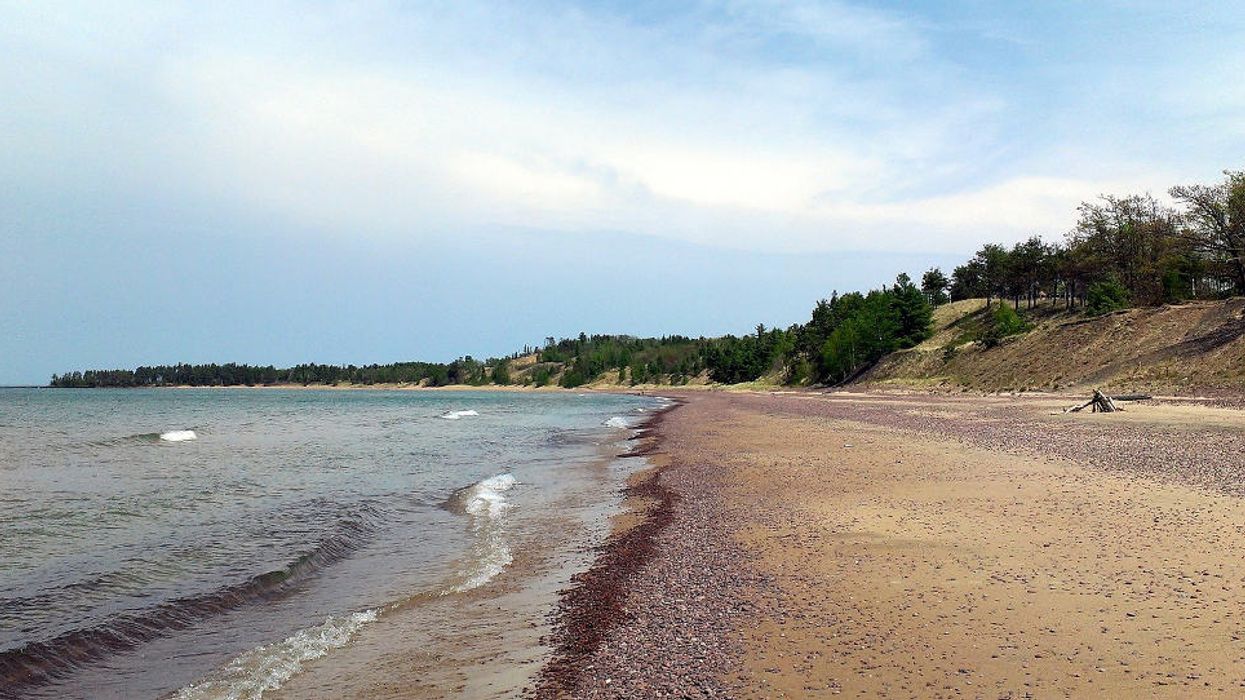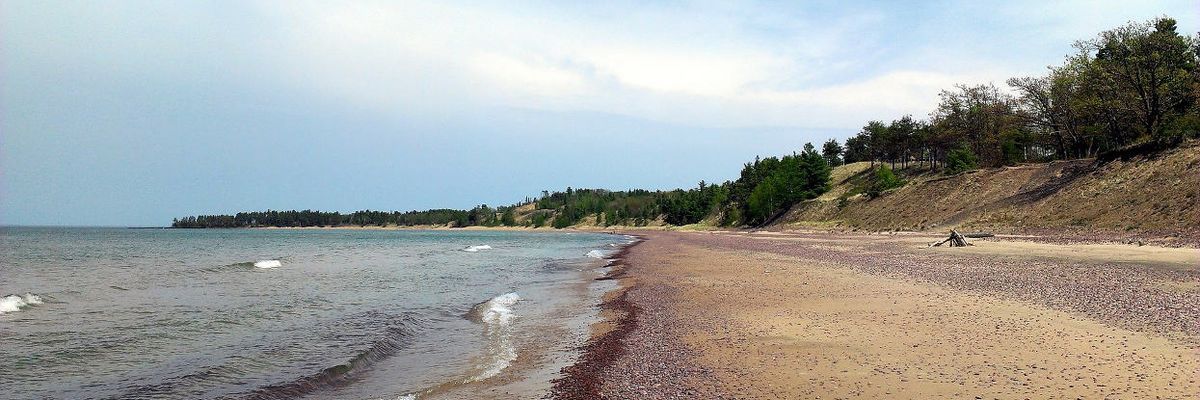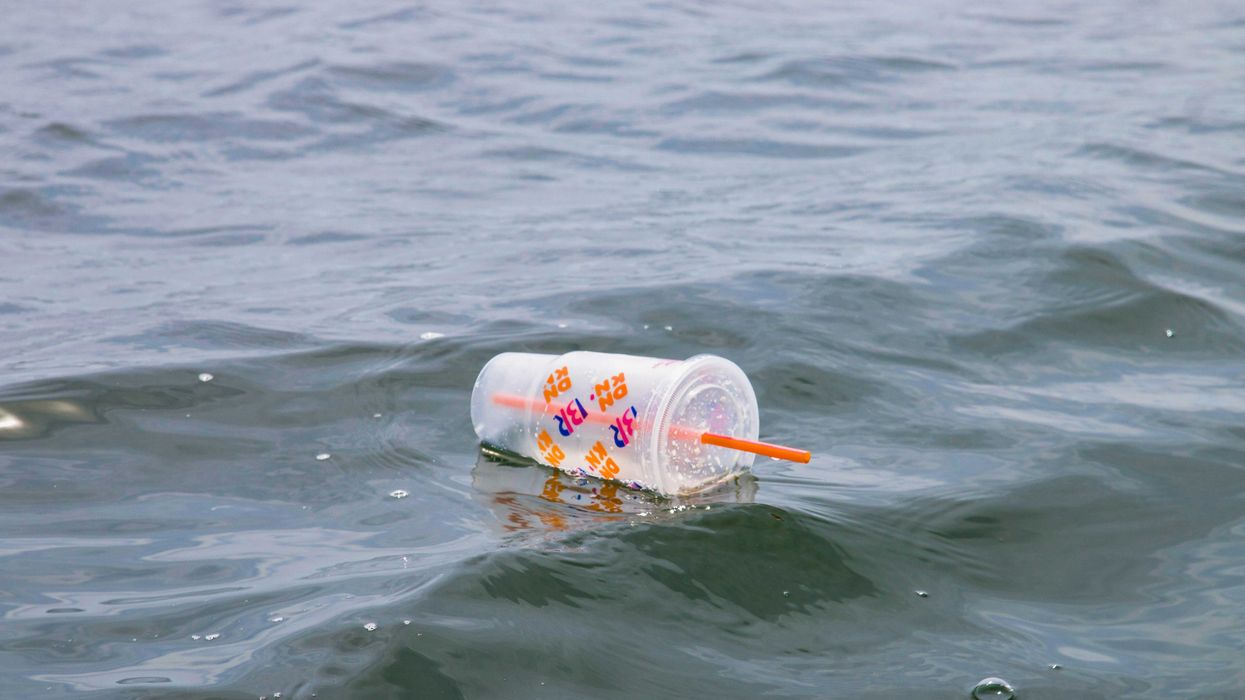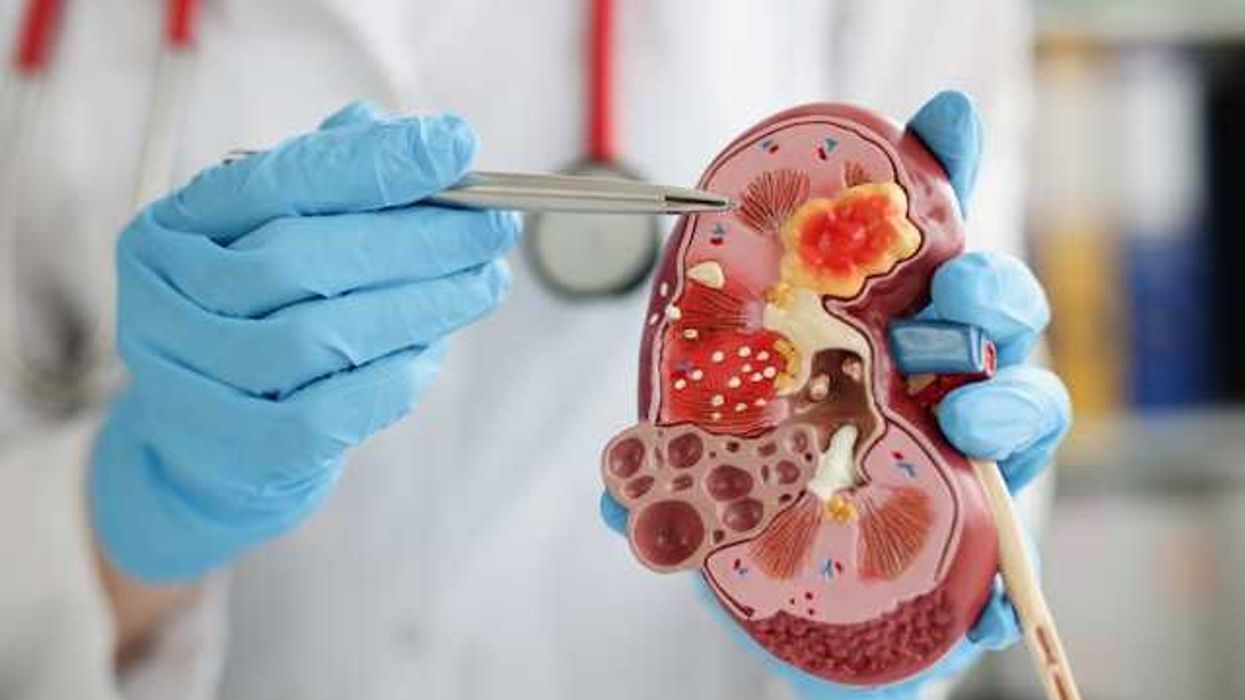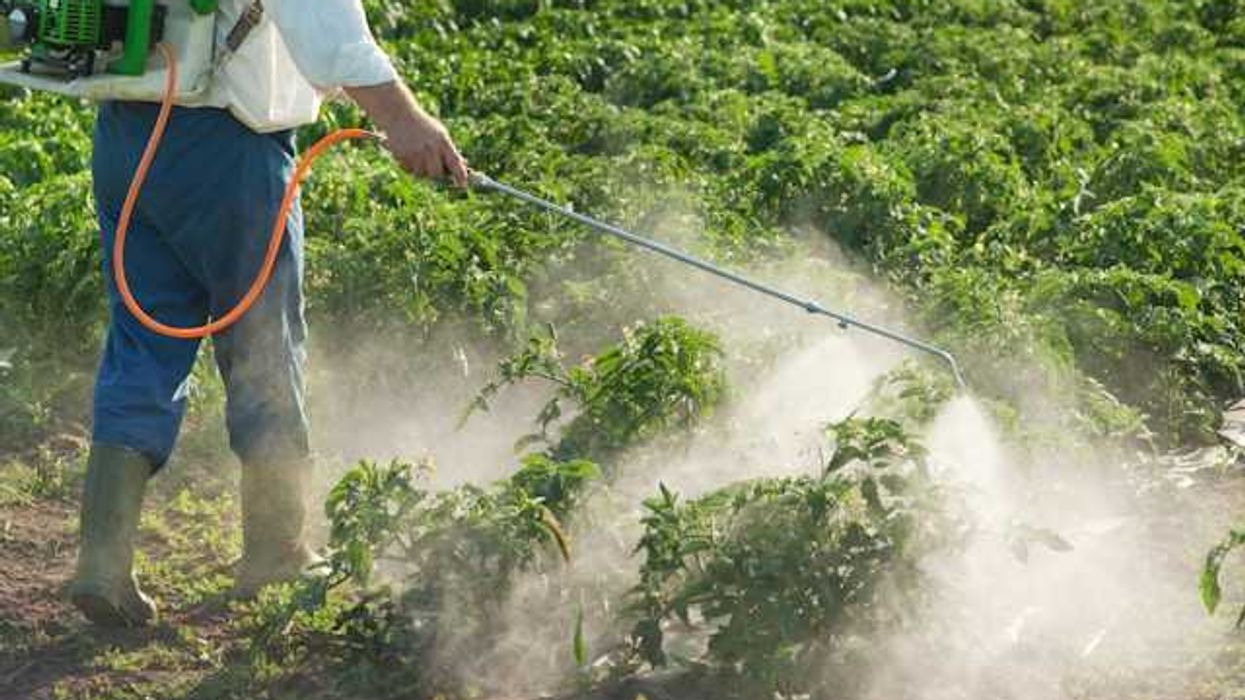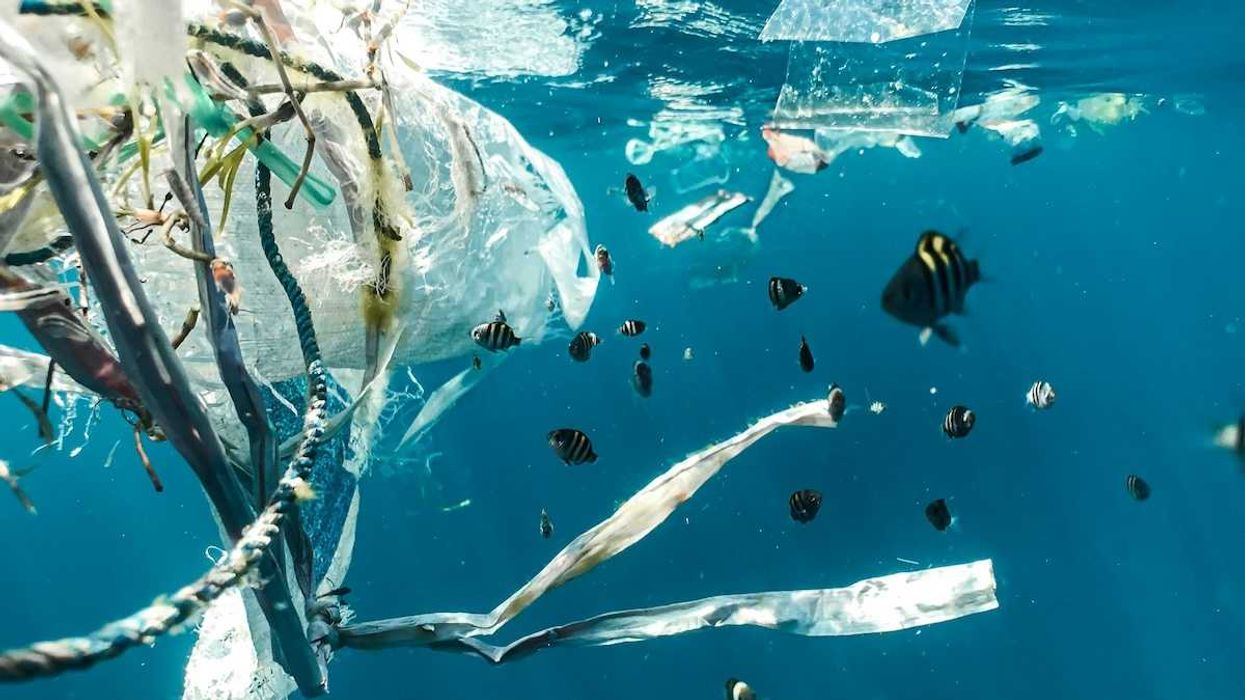Toxic PCBs are on a steady decrease in Great Lakes region air but over the past decade one type remains constant—it's likely due to yellow pigment manufacturing.
Polychlorinated biphenyls (PCBs) were used in electrical equipment and as industrial solvents. The chemical family was banned in the 1970s amid concern that PCBs accumulated in wildlife and people and were linked to reduced IQs, cancer and suppressed immune systems. Levels of the long-lasting compounds in the environment and our bodies have been steadily decreasing since.
With at least one exception. A new study found that PCB-11, a byproduct of yellow pigment manufacturing, has remained stable in the atmosphere around the Great Lakes for more than two decades, suggesting it is still leaking into the environment.
The study adds to a growing body of research that finds despite efforts across the U.S. to clean up toxic contamination from past PCB use, one PCB is still being released into the environment. Federal regulators allow it as a consequence of making certain products.
"Producers of PCBs as byproducts of manufacturing have no incentive to prevent their release," said Keri Hornbuckle, a professor of civil and environmental engineering at the University of Iowa.
"All of the attention is on the banned mixtures," added Hornbuckle, who was not involved in the current study. She, however, led a study a decade ago that was the first to detect PCB-11 in the air.
PCB-11 doesn't accumulate in our bodies as readily as legacy PCBs, and it doesn't seem as toxic. But scientists still don't know all of the potential health effects from exposure since most research has focused on the banned compounds. A small study published in 2013 found the chemical could be toxic to our cells and suppress cell growth.
In the meantime, the chemical remains unregulated, with efforts to ban or regulate it unable to get any traction.
Ron Hites, a chemistry professor and researcher at Indiana University who authored the new study, tested the air at six sites across the Great Lakes and found from 2004 to 2015 PCB-11 levels hadn't changed, while the amount of legacy PCBs decreased by about half over that time.
This, Hites said, suggests the chemicals are still being emitted. "If the source would have been turned off, concentrations would be going down," he said.
Different structure, similar concerns
PCBs in the Great Lakes have "dramatically declined," said Joy Taylor Morgan, who works in the Michigan Department of Environmental Quality's Air Quality Division.
She said the new study was "news to her." The DEQ looks at PCBs as a class of chemicals and doesn't get down to the level of detail that Hites did.
Morgan added the PCB-11 levels Hites found, though concerning, were still "very low as far as an inhalation risk."
The U.S. Environmental Protection Agency "is aware of the ongoing research on inadvertently generated PCBs," said an agency spokesperson, who would not comment on Hites' study. Under the Toxics Substances Control Act the EPA allows some PCBs in manufacturing as "unintentional impurities," so long as it doesn't exceed an annual average of 25 parts per million.
PCB-11 has a different molecular structure than banned PCBs, which are more highly chlorinated. This high chlorination means banned PCBs have persisted in river, lake and ocean sediments for decades, and have built up in the tissues of fish and marine mammals. PCB-11 doesn't bioaccumulate as much as those PCBs, said Lisa Rodenburg, an associate professor and researcher at Rutgers University.
Though the compound has been found in some fish, she said, concentrations were quite low.
But even if it doesn't persist like past PCBs, PCB-11 keep showing up in water and air. Nearly a decade ago Hornbuckle and others first reported PCB-11 in air when they found it outside several Chicago schools. Rodenburg published studies reporting PCB-11 in the New York-New Jersey Harbor and the Delaware River.
PCB-11 also has been found in the Houston Ship Canal, the Rio Grande River and San Francisco Bay, and in water at several sites in the Great Lakes region.
The chemical is also found in people—a small study of 85 women from Indiana and Iowa found roughly 65 percent of women had traces of the chemical in their blood.
Hites found PCB-11 comprising the highest percentage of the total PCB load at the most remote site he tested—Eagle Harbor at the tip of the Keweenaw Peninsula off Michigan's Upper Peninsula on Lake Superior. PCB-11 were, on average, about 11 percent of the total PCBs levels there.
"There's nothing there [near Eagle Harbor], no major cities," he said, adding that the chemicals are traveling via "atmospheric deposition," which means they are carried on air currents and settle back down to the Earth via precipitation. Manufacture or use of paints is the likely source of the airborne emissions—researchers have found more than 50 PCB compounds in 33 commercial paint pigments purchased from U.S. stores.
The estimated global production of yellow pigments is about 62,500 tons annually. And, in a 2014 study, researchers said this production would mean a PCB-11 load of more than 17,000 pounds a year.
"We've worked very hard to remove PCBs from the environment, but nothing has been done on pigments," Rodenburg said.
- Most of the world agreed on safe PCB waste disposal. It’s not going great—especially in the US. - EHN ›
- Good news: Some toxic insecticides are vanishing from the atmosphere - EHN ›

